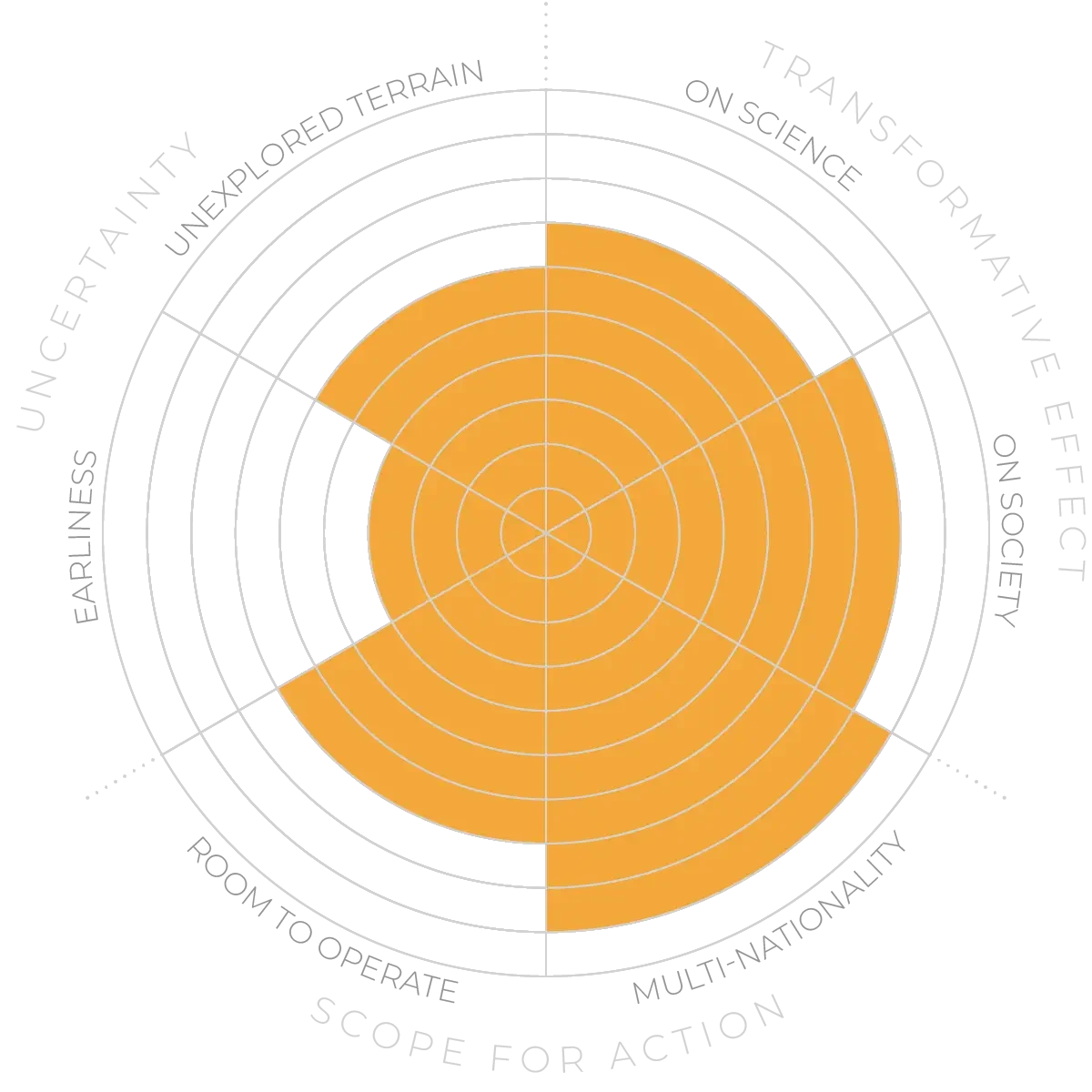Future Horizons:
10-yearhorizon
Deep interdisciplinarity becomes the norm
25-yearhorizon
Educational and professional spheres embrace new approaches
Qualitative methods innovations tackle the challenge of enabling diverse participants to imagine futures beyond those promoted in dominant narratives.29,30,31 They include: futures-ethnographic techniques where participants are invited to experience and imagine possible futures in situ in their homes or cities (for instance); place-based methods to co-design and reimagine community futures playfully; carefully curated design futures workshops which employ speculative devices such as futures mapping, “thing ethnographies”,32 and generative AI provocations;33 futures card decks; speculative reverse engineering; and futures storytelling and narrative.34,35 The outcomes of these methods include: new accounts of possible future life; provocative personas that challenge dominant assumptions about people; and alternative scenarios and narratives developed with ethnographic evidence that centre voices of those often neglected in imagining futures.36
These qualitative innovations are complementary to existing forecasting and foresight methods and designed to build important relationships and continuums between qualitative and quantitative methods. For instance, the richer, deeper insights that qualitative futures methods produce have been integrated with existing large-scale, quantitative techniques by ensuring surveys include innovative questions derived from in-depth ethnographic and speculative research to validate and reproduce findings at scale. Such approaches can also be used to expose blind spots in prevailing thinking and open up new lines of inquiry.
Qualitative futures methods have had success across social science, humanities and design research focused in, for example, the energy sector, net-zero transitions, education, ageing societies,37,38 Indigenous self-determination, disaster preparedness and city data futures.39 However, these new methods are not familiar in many of the domains where futures thinking and decision-making are currently practised.
Innovative and participatory futures methods - Anticipation Scores
The Anticipation Potential of a research field is determined by the capacity for impactful action in the present, considering possible future transformative breakthroughs in a field over a 25-year outlook. A field with a high Anticipation Potential, therefore, combines the potential range of future transformative possibilities engendered by a research area with a wide field of opportunities for action in the present. We asked researchers in the field to anticipate:
- The uncertainty related to future science breakthroughs in the field
- The transformative effect anticipated breakthroughs may have on research and society
- The scope for action in the present in relation to anticipated breakthroughs.
This chart represents a summary of their responses to each of these elements, which when combined, provide the Anticipation Potential for the topic. See methodology for more information.



